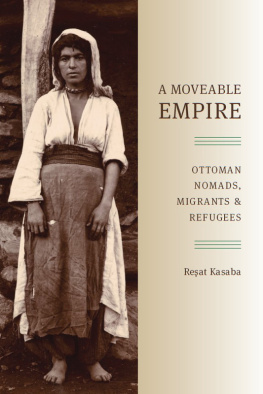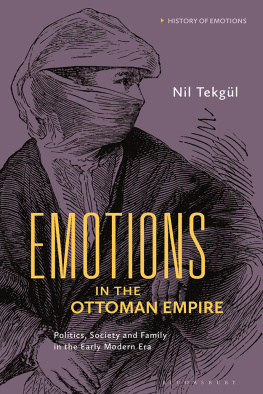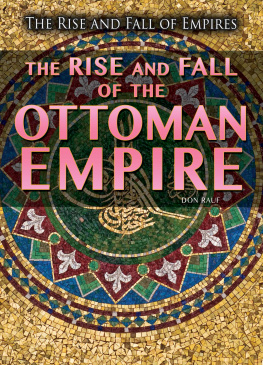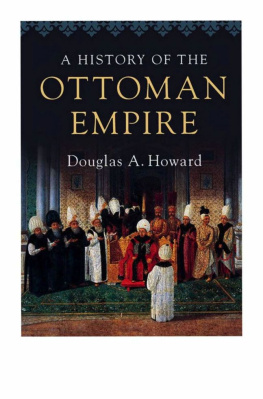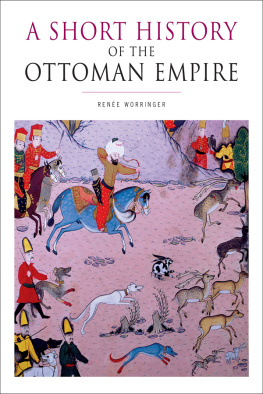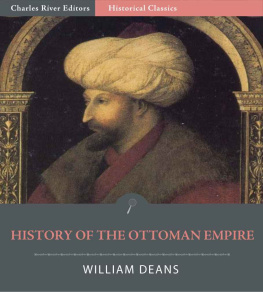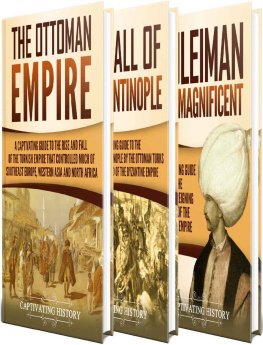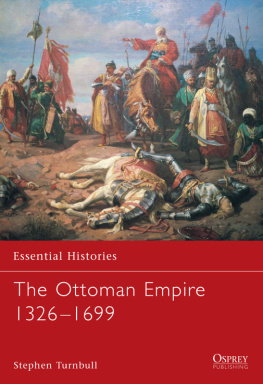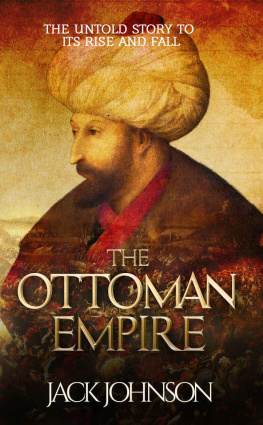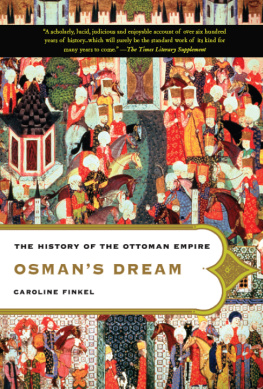Studies in Modernity and National Identity examine the relationships among modernity, the nation-state, and nationalism as these have evolved in the nineteenth and twentieth centuries. Titles in this interdisciplinary and transregional series also illuminate how the nation-state is being undermined by the forces of globalization, international migration, and electronic information flows, as well as resurgent ethnic and religious affiliations. These books highlight historical parallels and continuities while documenting the social, cultural, and spatial expressions through which modern national identities have been constructed, contested, and reinvented.
Modernism and Nation Building: Turkish Architectural Culturein the Early Republic by Sibel Bozdoan
Chandigarhs Le Corbusier: The Struggle for Modernity in Postcolonial India by Vikramaditya Prakash
Islamist Mobilization in Turkey: A Study in Vernacular Politics by Jenny B. White
The Landscape of Stalinism: The Art and Ideology of Soviet Space Edited by Evgeny Dobrenko and Eric Naiman
Architecture and Tourism in Italian Colonial Libya: An Ambivalent Modernism by Brian L. McLaren
Everyday Modernity in China, edited by Madeleine Yue Dong and Joshua L. Goldstein
Nationalizing Iran: Culture, Power, and the State,18701940 by Afshin Marashi
Empire, Architecture, and the City: French-Ottoman Encounters (18301914) by Zeynep elik
Modernism and the Middle East: Architecture and Politics in the Twentieth Century, edited by Sandy Isenstadt and Kishwar Rizvi
A Moveable Empire: Ottoman Nomads, Migrants, and Refugees by Reat Kasaba
A MOVEABLE EMPIRE
OTTOMAN NOMADS, MIGRANTS, AND REFUGEES
Reat Kasaba
UNIVERSITY OF WASHINGTON PRESS
SEATTLE AND LONDON
Publication of this book was made possible in part by the Jackson School Publications Fund, established through the generous support of the Henry M. Jackson Foundation and other donors, in cooperation with the Henry M. Jackson School of International Studies and the University of Washington Press.
2009 by the University of Washington Press
Printed in the United States of America
Designed by Pamela Canell
12 11 10 09 5 4 3 2 1
All rights reserved. No part of this publication may be reproduced or transmitted in any form or by any means, electronic or mechanical, including photocopy, recording, or any information storage or retrieval system, without permission in writing from the publisher.
University of Washington Press
P.O. Box 50096, Seattle, WA 98145 U.S.A.
www.washington.edu/uwpress
Library of Congress Cataloging-in-Publication Data
Kasaba, Reat, 1954
A moveable empire : ottoman nomads, migrants, and refugees / Reat Kasaba.
p. cm.
Includes bibliographical references and index.
ISBN 978-0-295-98947-1 (hardback : alk. paper)
ISBN 978-0-295-98948-8 (pbk. : alk. paper)
ISBN 978-0-295-8014-90 (electronic)
1. NomadsTurkeyHistory. 2. TurkeyHistoryOttoman Empire, 1288-1918. 3. TurkeySocial conditions1288-1918. 4. Internal migrantsTurkeyHistory. 5. Migration, InternalTurkeyHistory. I. Title.
DR434.K37 2009 305.9069109561dc22 2009027544
The paper used in this publication is acid-free and 90 percent recycled from at least 50 percent post-consumer waste. It meets the minimum requirements of American National Standard for Information SciencesPermanence of Paper for Printed Library Materials, ANSI z39.48-1984. 
For Melis
The new men of Empire are the ones who believe in fresh starts, new chapters, clean pages; I struggle on with the old study hoping that before it is finished it will reveal to me why it was that I thought it worth the trouble.J. M. COETZEE
Contents
Acknowledgments
It is impossible to properly acknowledge the support I received from many people and institutions as I worked on this book, but I must try. The origins of the book go back to leisurely conversations I regularly had with a handful of people, all of whom I first met many years ago when I was a student in Turkey. In particular, I would like to mention alar Keyder, evket Pamuk, and Faruk Tabak, who have been crucial in sharpening my ideas over the many years I have known them. Sadly, Faruk Tabak did not live to see the end of this project. In the time I was writing this book, I cooperated with Sibel Bozdoan on several other projects, through which she helped me see many things differently. Most important, she taught me how to appreciate modernity. I am fortunate to have her as a friend.
In Seattle, having Joel Migdal and Daniel Chirot as good friends and colleagues has broadened my vision and made me a much better scholar and teacher. I am also grateful to Selim Kuru for his feedback on earlier drafts and for his help in deciphering some of the archival documents. In the last two decades I have had the good fortune of having a stellar group of graduate students, most of whom are members of our Turkish Circle at the University of Washington. I hope that one day they, too, will have the opportunity to discover how inspiring it can be to be close to such a hardworking and enthusiastic group of young scholars.
The Social Science Research Council, the University of Washingtons Graduate School, and the Simpson Center for Humanities at the University of Washington provided funding at crucial points in this project. I am happy to acknowledge their support, without which most of what is included here would have been impossible.
Over the years, writing this book became such an intense activity that it was almost like a part of our family. In a way Kathie and I brought the project up together. I cannot list all the ways in which she made this a much better book, but I want to express my heartfelt gratitude. Finally, when I became a father I was concerned that I would not have the time to finish the book. Melis turned out to be such a source of joy that her presence actually helped speed things up. To her I dedicate this book.
1 Empire, State, and People
Several years before I began writing this book, I noticed that the sources I was reading for another project repeatedly mentioned large numbers of nomadic tribes and other unsettled peoples who roamed the vast territories of the Ottoman Empire. According to these sources and the accounts of contemporary travelers and other observers, such groups were not confined to frontier areas or peripheral provinces but lived across the entire empire, even in urban areas. Furthermore, rather than figuring solely as carriers of dissent, in many instances migratory and nomadic groups actually mediated and imposed the will of the imperial center. It was particularly intriguing that the economic, political, and social changes the empire underwent in its long historyfrom roughly 1300 to 1922and the Ottoman states repeated attempts to settle the tribes seemed not to have affected the position and prominence of tribal and other migratory groups. Tens of thousands of tribes, some encompassing thousands of people and animals, moved across great distances, crosscutting the Ottoman Empire, which at one point extended from Algeria in the west to the Iranian border in the east and from Crimea in the north to the Indian Ocean in the south. Together with the continuous migration of agricultural and urban workers within and across the many regions, this movement created a situation in which at any time a significant part of the people living within the borders of the Ottoman Empire was on the move. Far from being leftovers from a previous era, these mobile groups and individuals had become integral parts of the Ottoman Empire.

